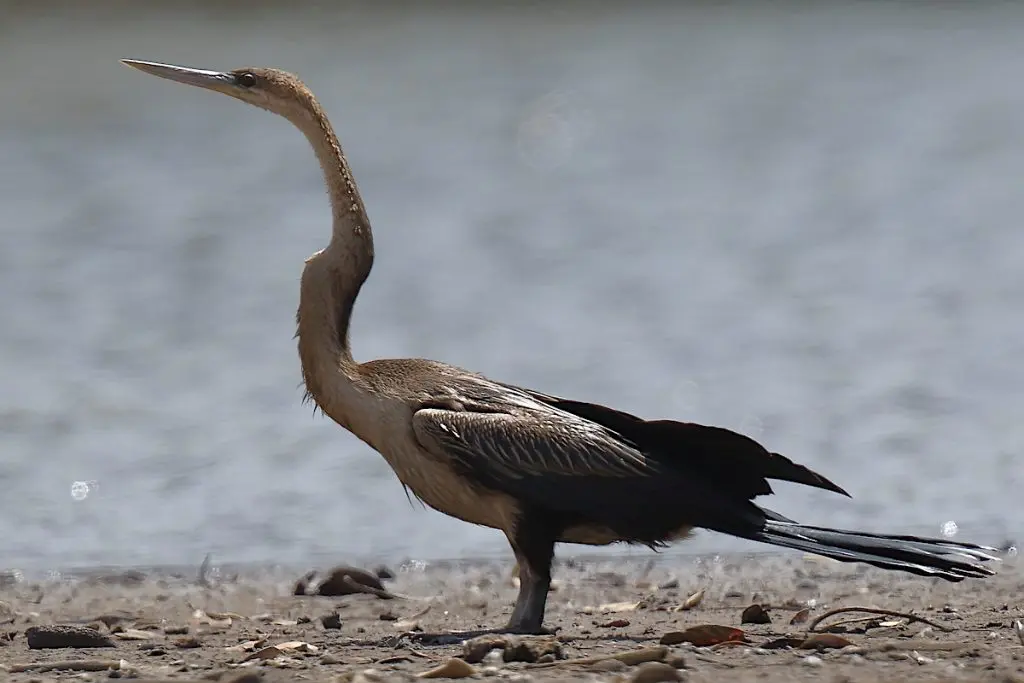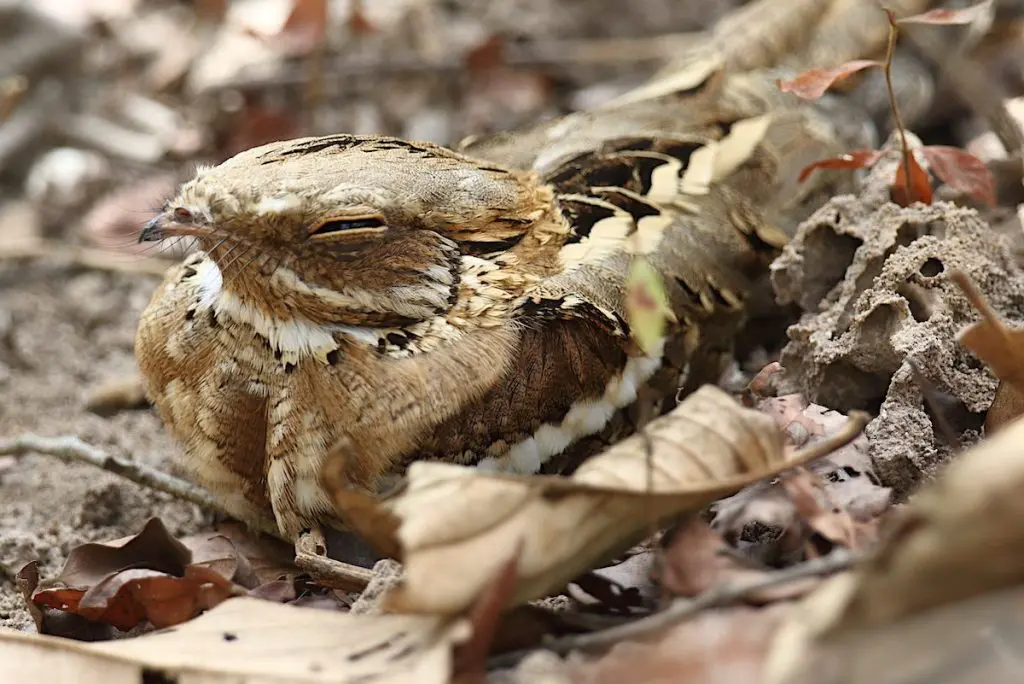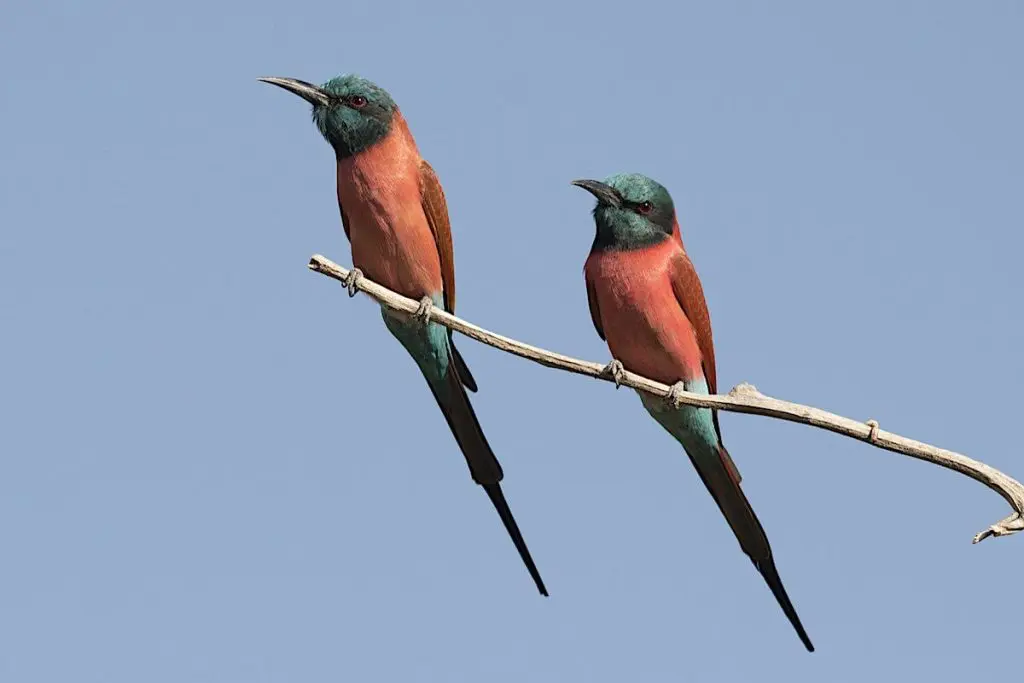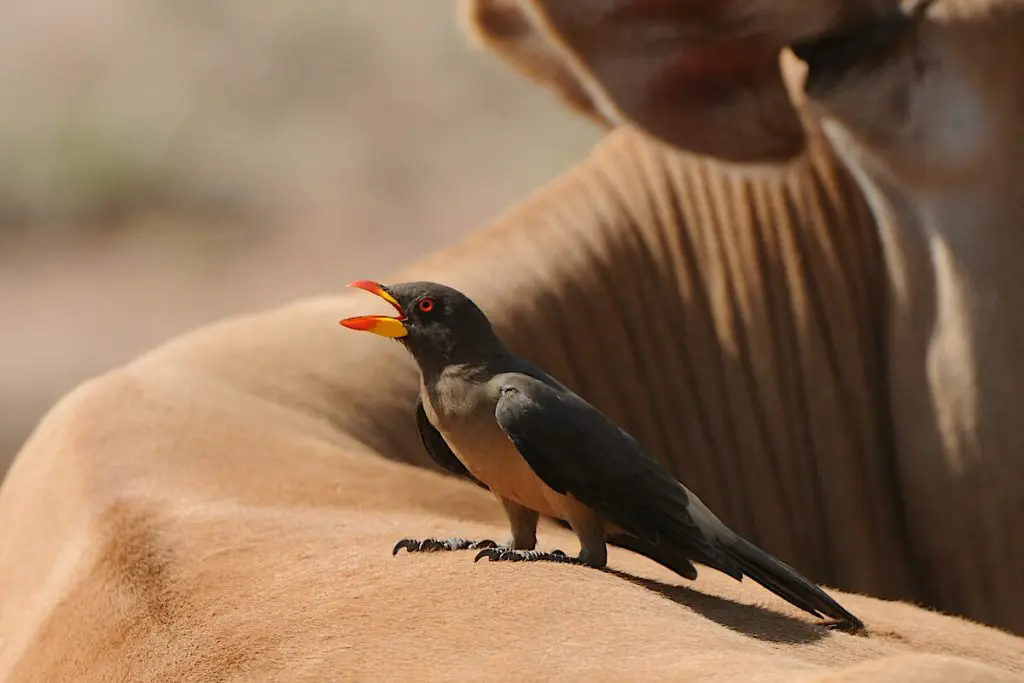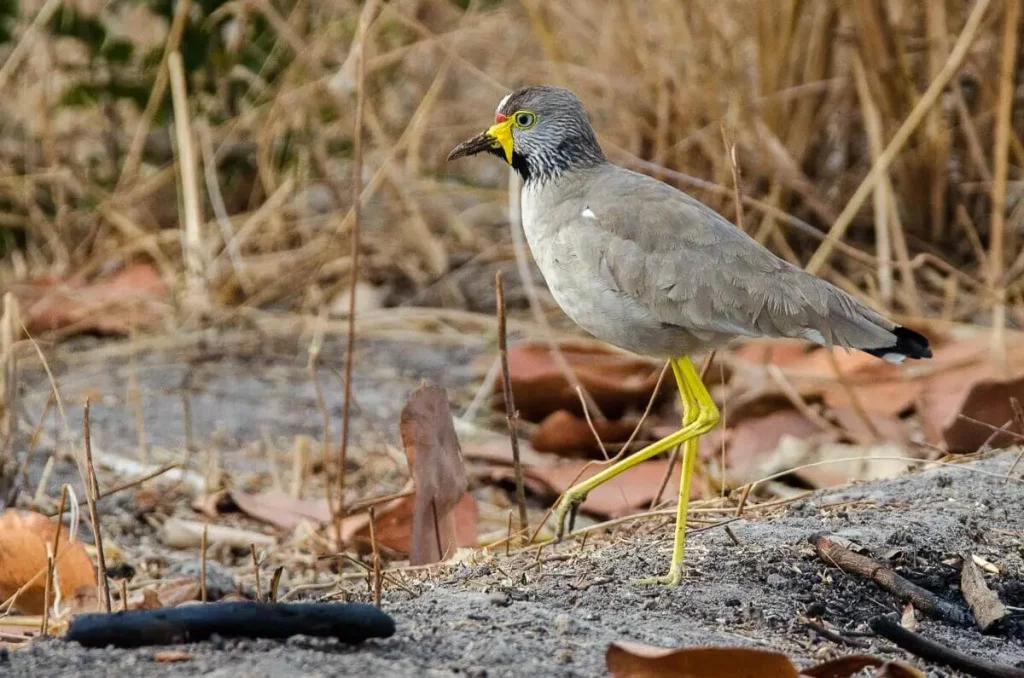African darter
The African darter is sometimes known as the snakebird. Not because it hunts snakes but because it often swims with only its neck above water, which looks like a snake moving through the water. It is a close relative to the Oriental, Australasian and American darters, Bird information. Where can we see an African darter? […]

